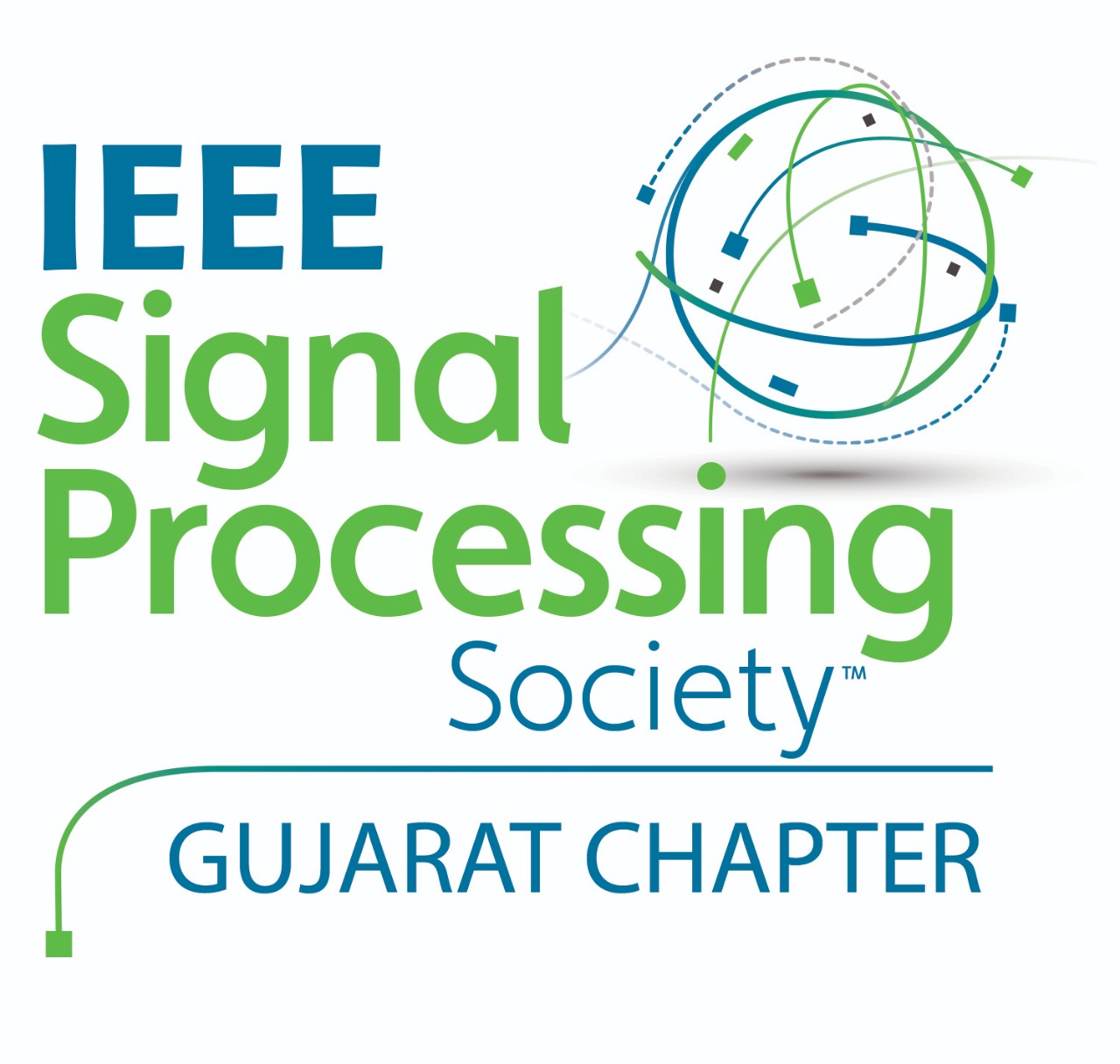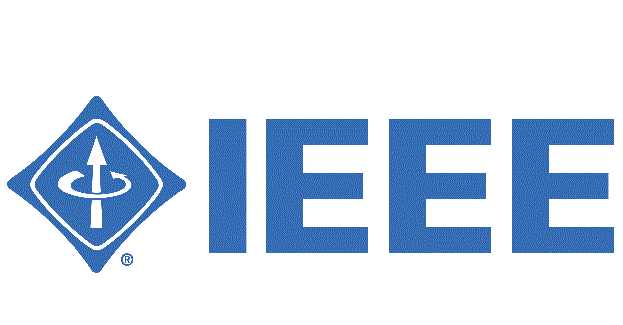MSP CUP!!!
MSP Cup
Instructions
Co-Ordinators
Problem Statements
MSP Cup

Instructions
GENERAL INSTRUCTIONS:
● Event will be held in Hybrid Mode.
● Participants from any institute of R-10 Region, at UG and PG Program can
participate in the competition.
● Participants can form a team of 5(max) & 1 Mentor.
● Maximum two PG participants can take part in a team (remaining could be
UG participants).
● Problem statements along with data sets will be provided by 5th July, 2022,
at http://ieeespsgs.org/mspcup/
● Full code along with the 5 minute video clip should be submitted by 25th
July, 2022, using this form.
(Due to multiple requests from participants, the date for code submission has been extended to 30th July 2022.)
● Final/Winners declaration round will be on 6th August, 2022. Qualified
teams will be required to present there.
● work before the adjudicating team. (More information will be provided
later).
● At least one member of the team should have IEEE SPS membership, to
waive-off registration charge.
● Boarding facilities would be provided upon request for 6th August, only
for outstation participants.
● Participating teams need to bear the travel expenditure.
REGISTRATION:
Free: If at least one member of the team has IEEE SPS Membership.
– If none of the team members have IEEE SPS membership:
o INR 500/- per team (For Indian Delegates).
o USD 20/- per team (For Foreign Delegates).
GUIDELINES FOR 5 MINUTES VIDEO:
– Work should be unique
– More than 30% plagiarism in the code/information/work may lead to the disqualification of the team with
disciplinary actions.
– Video clip should clearly explain the work with the associated code and the results.
– Clearly mention the problem for which the problem is solved and the corresponding dataset used.
– Video format should be .mp4
– Time limit has to be strictly maintained.
– Size of the Video should not exceed 400 MB (SD Resolution)
Fill the registration form and book your seat.
https://bit.ly/MSP-CUP-2022
So before proceeding, kindly keep following documents ready with you:
Payment Receipt
IEEE Membership Card (valid membership card)
Registration Account Details:
Bank Account Name: IEEE Gujarat Section
Bank Account Number: 10307643269
Bank Name: State Bank of India
Bank Branch: SBI, Infocity Branch
Address : Gr Floor, Infocity, Gandhinagar
Branch code: 012700
IFSC Code: SBIN0012700
MICR Code: 380002151
Co-Ordinators
General Chair: Chirag Paunwala
General Co-chair: Jing Dong
Advisor: K V S Hari
Program Chair: Nehal Shah, Mita Paunwala
Organizing Chair: Sarosh Dastoor, Nirali Nanavati
Treasurer: Prof. Neeta Chapatwala
Organizing Committee Members: Arpan Desai, Ketki Pathak, Chintan Varnagar,
Program Committee: Ashish Phophalia, Manan Shukla, Bhaumik Vaidya, Dhatri Pandya
Student coordinators: Abanob Bhanu, Muskan Jhawar
Problem Statements
Challenge 1: Exercise pose recognition and counting sets
-
We all know doing exercise helps our body and mind in many ways. People have hard time in counting how many sets they exercised and sometimes need assistance while performing the exercises for a long time. The assistance required is preferably counting how many sets are performed and reminder people on specific intervals.
Objective:
-
To achieve the aforementioned goal, develop an AI enabled virtual assistant which can run on a mobile phone or a laptop for workout lovers. The virtual assistant should be performing both exercise recognition, set counting and posting feedback in real time.
-
The assistance can be a mobile application/web application/desktop application/ console application without GUI also. It can be developed in any programming language or platform of your choice. Language preference can be Python as it supports most of the AI based libraries in the market. The participants are free to utilize any pre-trained model for preprocessing/human detection/body landmark estimation. However, exercise recognition model (using statistical/Machine Learning/Deep Learning modeling) should be designed and trained by the participant only.
Dataset:
-
The given ‘Weightless Exercise Dataset’ contains short videos collected from YouTube. The dataset contains 3 different types of exercises such as 1) Surya Namaskar, 2) Squat, 3) Pushup (to prepare dataset). Each video contains one type of exercise performed one or more times. Further processing such as cleaning, standardizing videos, annotation of single exercise set within a video, are left to participants. The participants are free to enrich the dataset with more videos from web.
http://ieeespsgs.org/wp-content/uploads/2022/07/Exercise.zip
Evaluation Criteria:
-
Participants can demonstrate the system using screen recording (with application running live) which can be submitted as a video. It is encouraged that participant themselves appear on the video demo doing the three different exercise types. The demo video should showcase features such as duration counting, feedback generation after certain count intervals. The participants are encouraged to be innovative in the behavior of the application. Final submission should include the demo video, code (with instructions to install and execute), and the dataset created. The demo video should preferably cover exercises performed with speed, different camera angles, lighting conditions, distance from camera etc.
Challenge 2: Speech Language Recognition
-
World is known for its great diversity in language, music, religion, food and culture. Many individuals are multilingual in nature who are capable of speaking two or more languages such as English, Malay, French, Hindi etc. Running a language speech AI model in real time is highly difficult as people suddenly switch from English to French or Spanish to English. To resolve this issue, any speech system should identify the language first then load the language specific speech AI model.
Goal:
-
To tackle the mentioned scenario, develop an AI based audio language recognizer which can accept user voice in real time and display the language spoken.
-
Participants are free to develop/customize any AI model (statistical/Machine learning/Deep Learning model) to achieve this goal. Ready-made Deep Learning architectures or pretrained models from internet are highly discouraged for submission. The participants should develop a AI speech model which can recognize minimum 3 languages (English and two other languages of their choice) at a time.
-
One English dataset is mandatory to include for the model.
Dataset:
-
OpenSLR Dataset for English is an open source dataset with different accents
https://openslr.org/83
-
Indian Datasets:
-
https://www.twine.net/blog/top-indian-language-datasets/
-
Audio Dataset with 10 Indian Languages
https://www.kaggle.com/datasets/hbchaitanyabharadwaj/audio-dataset-with-10-indian-languages
Mandarin Datasets: https://www.twine.net/blog/mandarin-chinese-langauge-datasets/
Indonesian Datasets: https://www.twine.net/blog/indonesian-language-datasets/
Arabic Datasets: https://www.twine.net/blog/best-arabic-language-datasets/
Japanese Datasets: https://www.twine.net/blog/japanese-language-datasets/
Portuguese Datasets: https://www.twine.net/blog/portuguese-language-speech-datasets/
German Datasets: https://www.twine.net/blog/best-german-language-datasets/
Spanish Datasets: https://www.twine.net/blog/top-spanish-speech-datasets/
-
The participants should train minimum 3 of the languages for the challenge from the above dataset lists where English is mandatory and two other languages of their choice. Participants are free to use as many datasets from different sources for a specific language.
-
Evaluation Criteria:
-
Participants can demonstrate the language recognition system using screen recording video. The video recording should demonstrate the real time recognition of 3 languages. The participant should test the system with their own speech in the demo. If the participants do not know more than one language then they are free to test other languages using a colleague or with audio file from web. Recognizing multiple languages (more than 3) one after the other in real time is highly encouraged. Participants can have the freedom of customizing the behavior of the application in innovative ways. Final submission should include the demo video, code (with instructions to install and execute).


